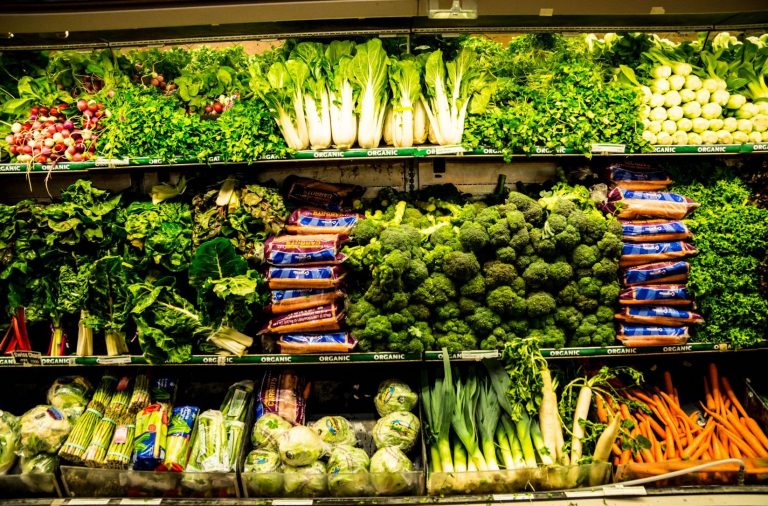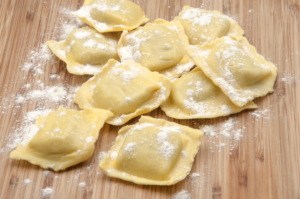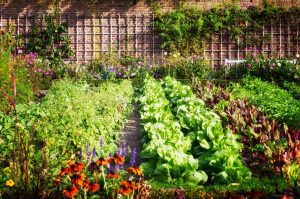You have certainly heard about organic farming, and if you’ve been reading this blog, you’ve also heard of sustainable agriculture. Each is a bundle of agricultural rules and practices to achieve a specific aim. Regenerative agriculture is yet another term to define a set of agricultural practices that is becoming more widely known. While there are huge overlaps between the three, there are also some important differences. We lay it all out here.
What is Organic Farming?
Organic is the oldest and best known categorization of a natural method of farming. Organic farming has been practiced for centuries, of course, since its main principle is to not use synthetic pesticides or fertilizers — and those were only created or only came into widespread use after world war ll. Synthetic pesticides and fertilizers, among other new agricultural practices such as using high-yielding seeds, were seen as a great step forward, and did, indeed, lead to a huge jump in productivity, reducing famine around the world. The system was called the Green Revolution.
The negative ecological and health impacts of the Green Revolution were eventually recognized, and the organic farming movement took off in response.
The intent of the organic farming movement is to reduce the harm being done to the environment and our health. It started as a holistic approach to farming, but it came to be mainly focused on only one of the issues that is harmful with industrial farming practices — the use of synthetic inputs.
As the popularity of organic farming and its products grew, government organic certification was established to protect consumers. In Canada, the organic farming industry as a whole is regulated by the Organic Products Regulations (OPR). The Canadian Organics Standards (COS) is a more specific set of regulations that falls under the purview of OPR, but explicitly regulates food, feed or seed products that are imported or exported either internationally or inter-province. The COS regulations do not cover products produced and sold within each province — those are covered by provincial standards. Some provinces, such as Alberta, choose to follow COS.
While COS originally focused on reducing the use of prohibited synthetic inputs such as pesticides and fertilizers, guaranteeing that food with that label was grown in soil that has been free of these prohibited substances for three years before harvest, it has recently (2020) expanded its criteria to include items that recognize the farm ecosystem. This would include regulations related to farm relief in times of emergencies, animal welfare, greenhouse gasses and biodiversity to name a few.
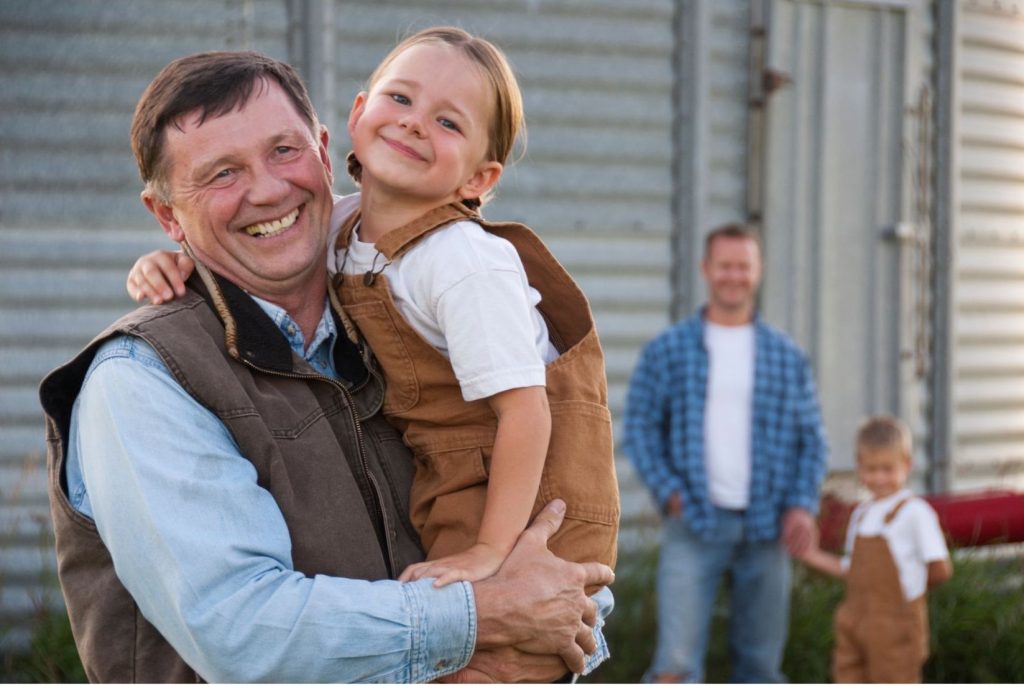
What is Sustainable Agriculture?
Sustainable agriculture has been around as long as the organic movement, but the label, and the philosophy became more widely used starting in the 1980s, perhaps in response to the limitations of the organic label. As mentioned above, while the organic movement started as a philosophy that aimed to protect the environment, as it became more profitable for the larger agricultural industry to become involved, the organic label came to mean simply whether the inputs were natural or synthetic. This has started to reverse somewhat in Canada, but the main emphasis is still on synthetic inputs.
This knowledge is certainly valuable to consumers, but doesn’t take into account the full impact of a number of agricultural practices. Sustainable Agriculture considers the total ramification of farming and how it fits into ecological, economic and social structures.
While organic mainly looks at the use of synthetic inputs, sustainable agriculture also considers the welfare of the farmers and farm animals, if wildlife habitat is protected, how the economics of the farm affects the community, if food is affordable and so on.
The Food Alliance defines sustainable agriculture as:
“…our ability to produce safe, healthy, affordable food in sufficient quantities to maintain our population without degrading the productivity of the land, quality of life in our communities, or the resiliency of surrounding ecosystems.”
The Food Alliance is an American non-profit organization that offers a sustainable farming certification. It aims to address consumer demands for transparency, and social and environmental responsibility.
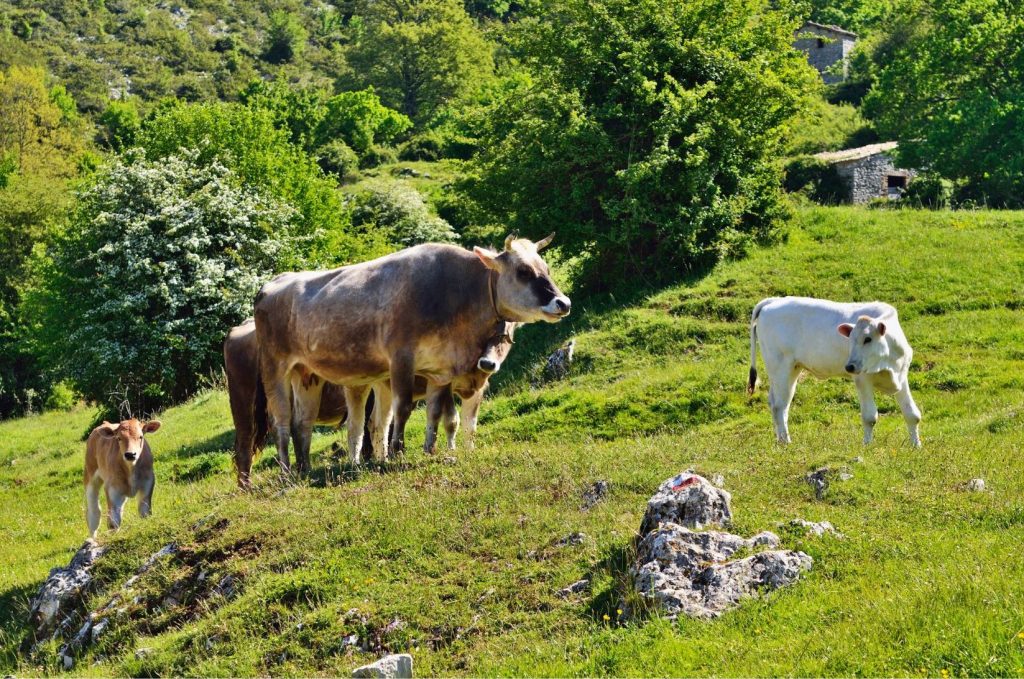
What is Regenerative Agriculture?
Regenerative agriculture was also coined as a term in the 1980s, though just like sustainable farming, its principles have been around a lot longer. For instance, Native Americans were heavily involved in land stewardship to protect ecosystems and biodiversity long before Europeans arrived on this continent
Modern regenerative agriculture aims to not only maintain the ecosystem, but to improve it. The main tenets of regenerative agriculture are:
- Not disturbing the soil,
- Keeping the ground covered,
- Keeping living roots in the soil,
- Growing a diversity of crops
- Incorporating grazing animals into the ecosystem
Regenerative agriculture employs many of the same practices as sustainable farming, but the intent is slightly different. Regenerative agriculture also considers the ecosystem, but it starts with and is mainly focused on rebuilding the health of the soil, with the understanding that healthy soil affects all life on earth. Soil is one of the main drivers of the earth’s carbon, nitrogen and water cycles and as such it affects temperature, rainfall and the earth’s resilience to stress. Without this, our economic and social structures will eventually fall apart.
There is also a certification available for farms that follow regenerative farming practices, introduced by Rodale in 2018: the Regenerative Organic Certified™ or ROC. The basis of this certification is similar to the Food Alliance certification except soil health is of prime importance. There is a good deal of overlap with COS as well. The three basic criteria of ROC are: how a farm handles soil health, animal welfare and social fairness.
Organic, Sustainable and Regenerative Agriculture Are All Connected
Organic, sustainable and regenerative agriculture are all connected and all contribute to a healthy farming ecosystem. The differences are related to scope and focus. Although expanding, organic is the most limited, dealing mainly with whether natural or synthetic pesticides and fertilizers are used. Sustainable and regenerative are quite similar, except sustainable agriculture is more concerned with preserving and supporting the ecosystem, whereas regenerative agriculture focuses on re-building soil as the foundation of the ecosystem.
Let’s Pasta cares about our communities, our farmers and our soil health, which is why we support Sustainable Agriculture. Our pasta is made with the finest Canadian Prairie non-GMO Project Verified and Food Alliance certified Durum Semolina. We think you can taste the goodness of food grown in healthy soil, in healthy, happy communities!

